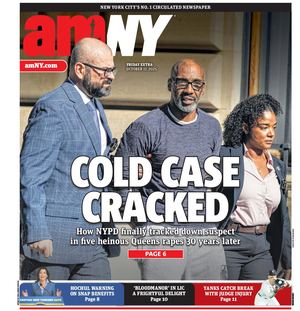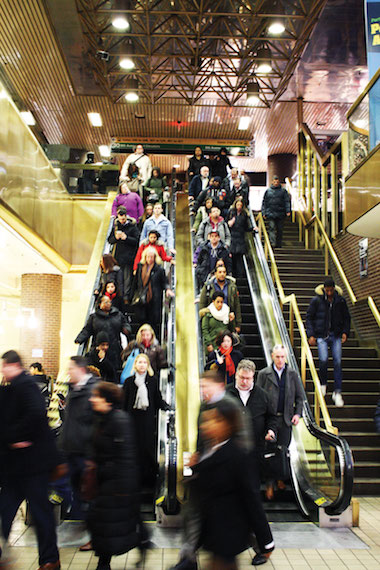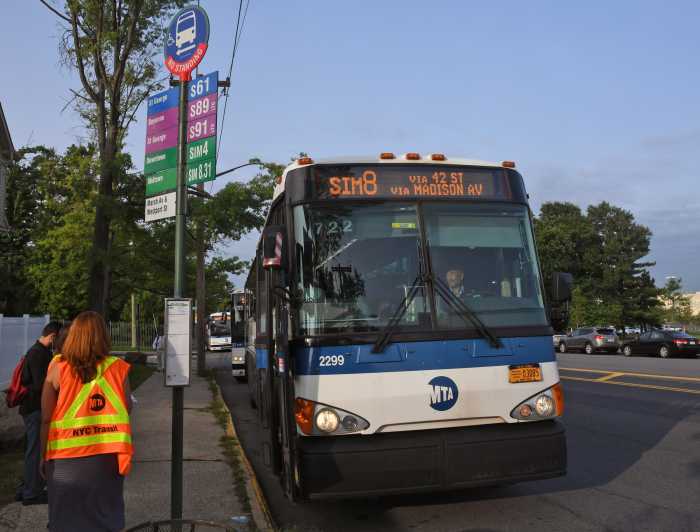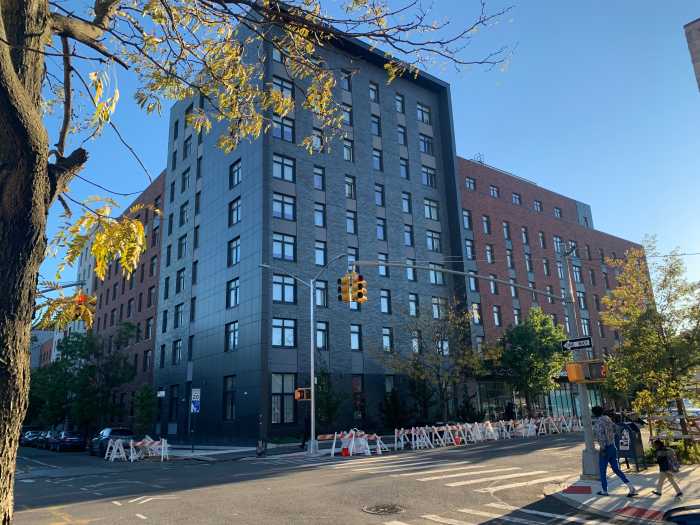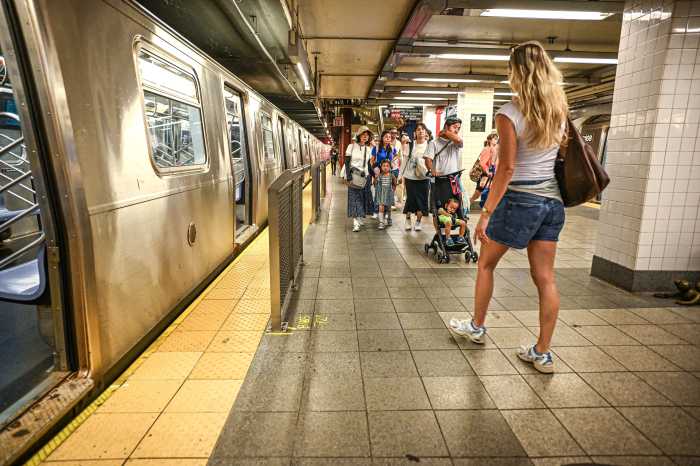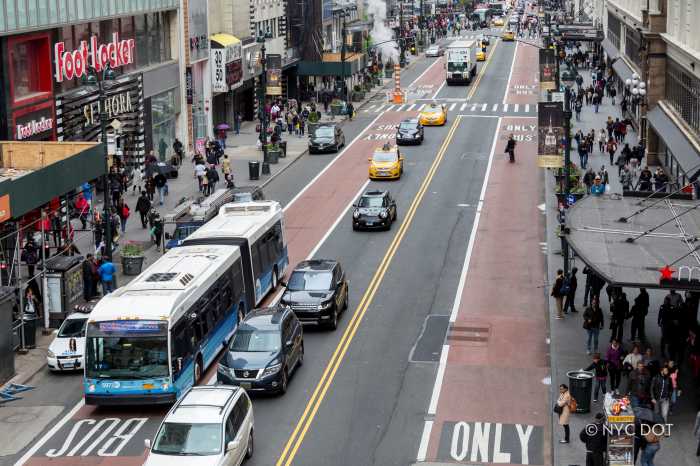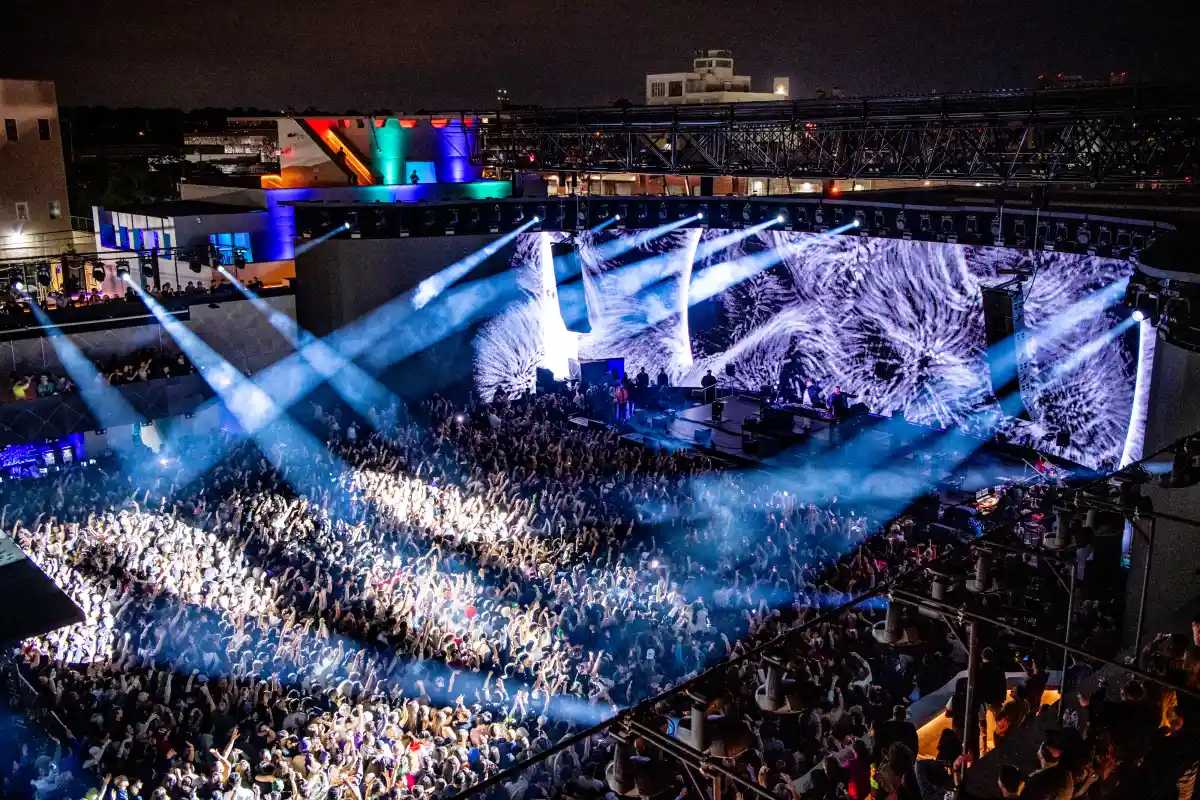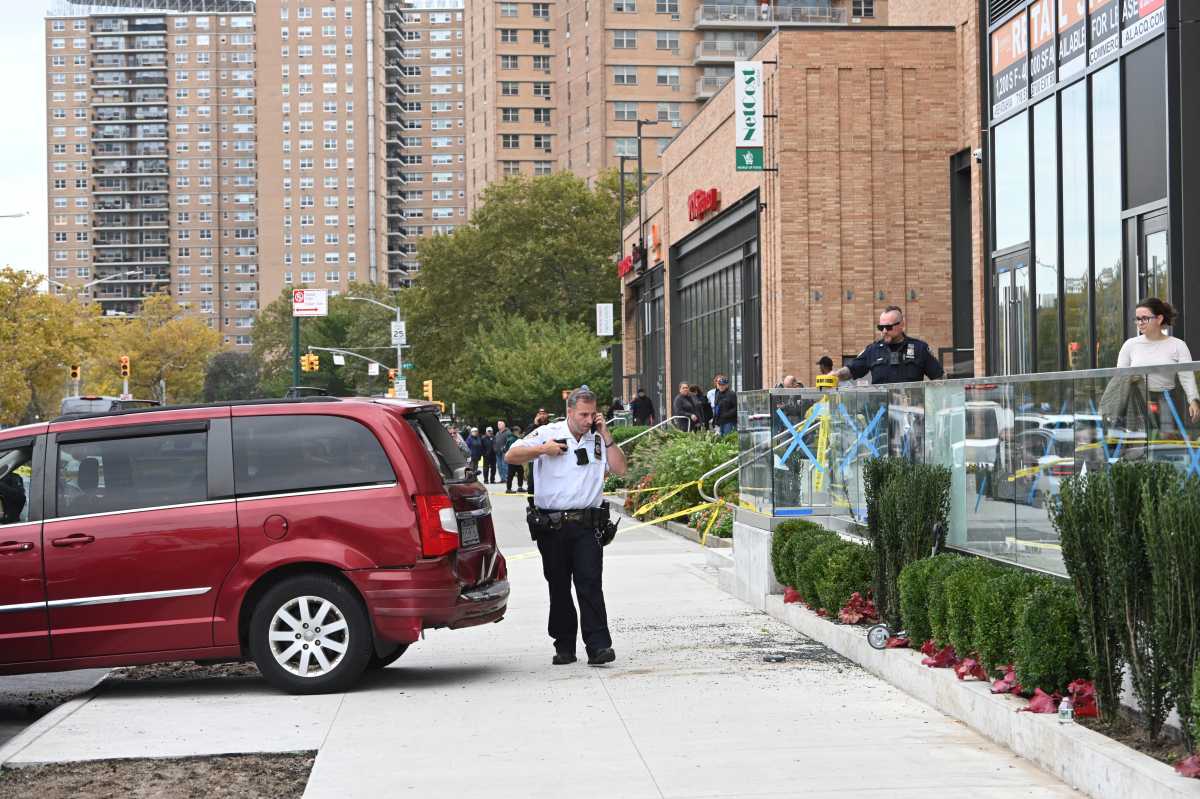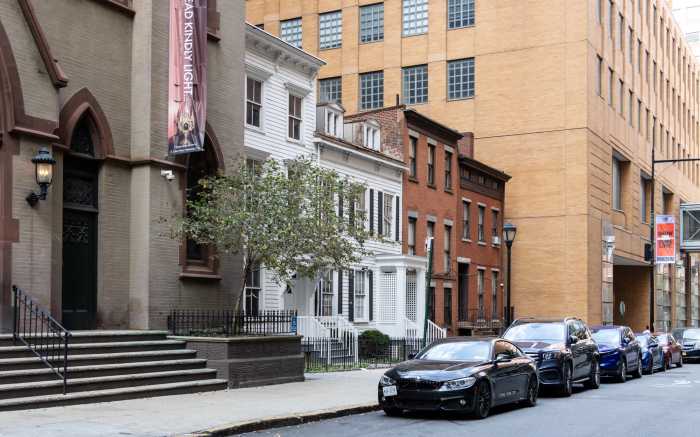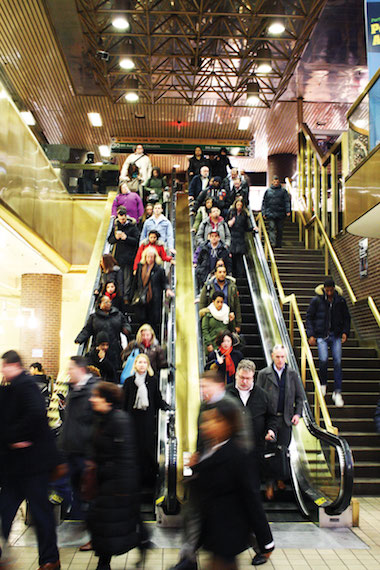
BY JACKSON CHEN | In a February 16 vote, the Port Authority of New York and New Jersey’s board gave final approval to a 10-year capital plan of $32.2 billion. The 2017-2026 plan includes a $3.5 billion allocation for the replacement of its Midtown bus terminal – a project for which there is no agreed-upon approach but that has already spawned fractious controversy.
The Port Authority’s bus terminal on Eighth Avenue between West 40th and 42nd Streets has been in desperate need of renovation and is frequently beyond capacity during peak hours. The agency’s original planning for a replacement, which included discussion of using eminent domain – the forced sale of private property for a public purpose project – had to be reset last year following community upheaval and criticism from elected officials about the lack of public input.
Even as the planning process begins its restart, the agency decided that $3.5 billion was needed to ensure that the early phase of the new bus terminal project could be undertaken over the next decade. That allocation was first approved preliminarily on January 5, and two public hearings on the budget – one in New York, the other in New Jersey – took place between then and last week’s final budget approval.
“There’s no question that the region’s transportation needs are growing at a far greater rate than the resources that are available to address them,” the Port Authority board chair, John Degnan, said in a press release. “For that reason, this board has spent tireless hours coming to a consensus on how our resources will be spent to benefit the region and the customers we serve.”
Degnan said that the agency’s plan invests in the most critical needs but provides enough flexibility to accommodate changing circumstances over the next decade. He previously acknowledged that the $3.5 billion wasn’t enough to finish the project – which has been estimated to have a price tag of up to $10 billion – but would hopefully kick-start the bus terminal project to ensure that it could be completed during the life of the following 10-year capital plan.
As part of the budget approved, the Port Authority board okayed the start of the bus terminal’s planning process. The agency is now authorized to hire environmental and technical consultants who are needed to steer the project through the review processes at the federal, state, and local levels. At the same time, the Port Authority will pursue interim solutions to relieve the immediate problems created by its capacity problems. The agency has said it is looking for intermediate-term bus storage facilities to ease the crunch in the terminal during peak hours.
“Meeting the needs of the growing number of the region’s bus commuters is an essential component of the Port Authority’s transportation mission,” Pat Foye, the agency’s executive director, said in a statement. “And this project will be done while fully respecting and minimizing the impacts on Manhattan’s West Side after and considering the input of residents there in a formal environmental process.”
Community Board 4 and a group tentatively titled the Hell’s Kitchen South Community Coalition have been keeping their eyes on the project’s movement.
Delores Rubin, CB4’s chair, previously told Manhattan Express, “We know we will be part of a conversation that will take into account the concerns of our community as well as the commuters and the other community boards that surround the bus terminal but may be affected by any change.”
